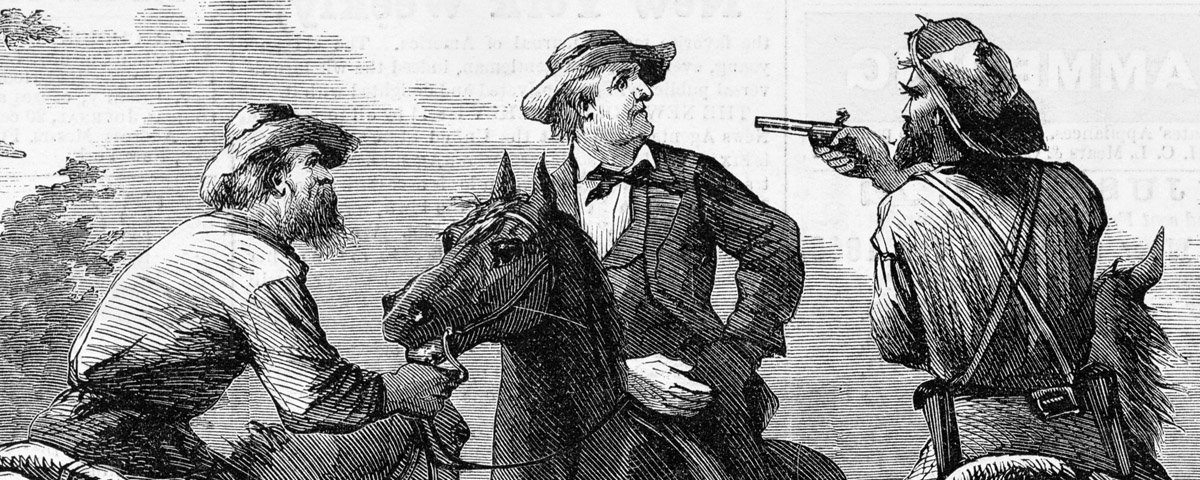A Savage Conflict: The Decisive Role of Guerrillas in the American Civil War, by Daniel E. Sutherland, University of North Carolina Press
Daniel E. Sutherland is one of the outstanding Civil War scholars working today, the author of a prize-winning book on Culpeper County, Virginia, a study of the Fredericksburg and Chancellorsville campaigns, a highly regarded textbook and several important essays. Sutherland’s latest effort, which focuses on guerrilla warfare and its effect on the nation’s great struggle, has been greatly anticipated. In A Savage Conflict, he does not disappoint.
A significant increase in interest in irregular combat has been one of the more notable recent developments in Civil War scholarship. Michael Fellman, Robert R. Mackey, Thomas D. Mays and James A. Ramage have also weighed in on unconventional warfare. Sutherland approaches his study chronologically, tracing the evolution of irregular warfare over the course of the conflict, beginning with the Baltimore riots of April 1861 and ending with the aftermath of conventional operations four years later. In each section, Sutherland casts his net wide, going state to state and region to region to look at the conduct of unconventional operations as well as practitioners. Throughout he keeps an eye on the Federal response to guerrilla and partisan operations and efforts of Richmond strategists to give some order and direction to a type of war with which they were exceedingly uncomfortable. The activities of Confederate guerrillas not only provoked devastating responses from Union military authorities, they also sowed discontent within the Southern populace, undermining morale and faith in the Confederate cause.
As with all of Sutherland’s works, his new book is well researched and compellingly written, though some readers may wish for more depth. It would have been good to see the book expanded a bit to provide the same level of detail on, for example, the tactical planning and execution of the 1863 “Sack of Lawrence” or Charles Russell Lowell’s counterguerrilla operations in Virginia as is provided for the Baltimore riots.
Still, A Savage Conflict is by far the best and most comprehensive study of this complex topic to date, a landmark contribution to the literature that no serious student of the war can ignore. It should find—and deserves—a very large audience.





